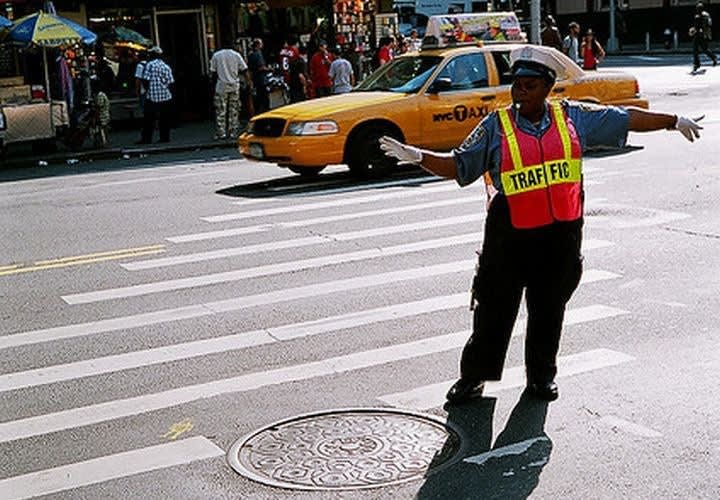What is a more rudimentary or distasteful (to some) task than traffic control? If you want to watch an officer nosedive in volunteering for anything else, put out a request for directing traffic; they would rather slay zombies. Yet, this mundane task can be one of the most dangerous as well.
Most police academies provide a block of instruction on traffic control that includes slide after slide of how to stand, hand signal, blow the whistle, and gesture to move traffic. For extra excitement, you'll learn a few state motoring laws. That said, few academies give a performance exam that puts you in the middle of the tarmac where motorists coming into your intersection patiently await your proper gesture.












